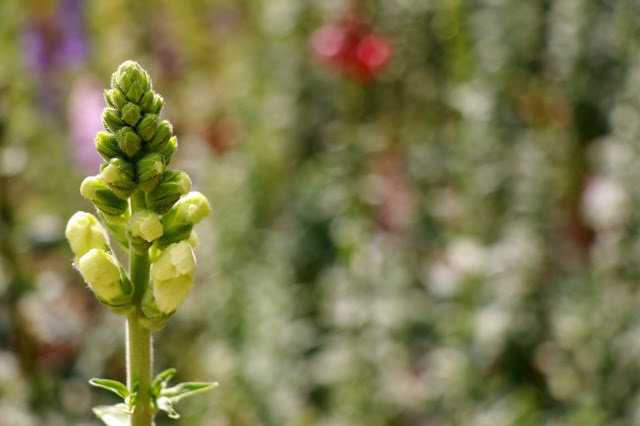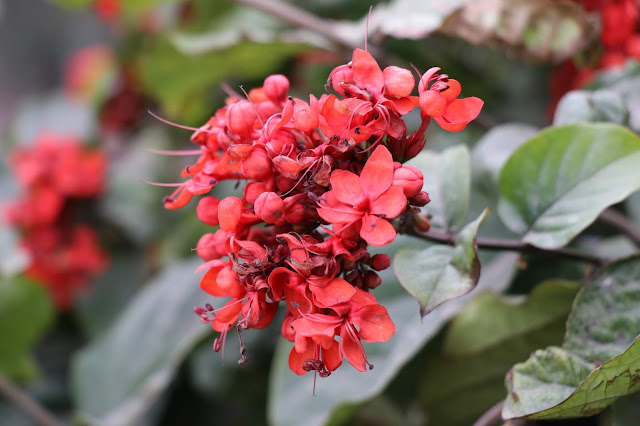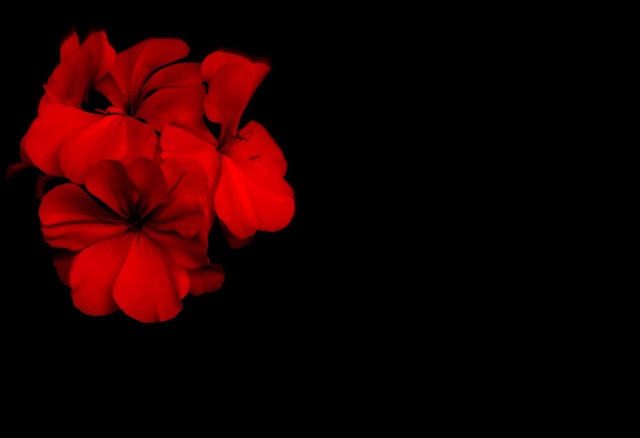Do you love flowers? Alright! We have the most
beautiful flower pictures for you.
We, as a flower blogger, have designed this floral blog, as collaboration
with our photo bloggers & writers, to furnish you flowers information and types.
Although we don’t provide flower delivery of your favorite
flower; we will surely offer an apt flower description of it.
Let us read!
Our Flower Blog Posts | Photography by Photo Bloggers
In this blog section, we will share flower pictures and
descriptions with you.
Lupine Flower
 |
| Snapshot of Lupine Flower |
 |
| Lupine Flower Image |
Name of the flower
This flower has been nomenclature as Lupin or Lupine.
Scientifically, this is known as Lupinus.
Geography of Lupine Flower
Generally, lupine flowers bloom in the diversity of North
& South America on a large scale but found on a smaller scale in North
Africa and the Mediterranean regions.
These flowers are considered as both –
food source & ornamental flowers.
Characteristics of Lupinus flower
A lupine flower is from the ménage of flowering plants. This
certainly belongs to the Legume family, i.e., Fabaceae.
It has more than 200 species in its family; mostly are from
herbaceous perennial plants and remaining comes under the category of shrubs.
As perennial plants, these flowers have a height of 0.3 to
1.5 meters (i.e., 0.98 to 4.92 ft), but as shrubs, these have a height of 3
meters (i.e., 9.8 ft).
Prunus Flower
This flower is named as Prunus.
Geography of Prunus Flower
Prunus flowers are indigenous to the northern temperate
area.
Characteristics of Prunus Flower
Prunus is a descent of trees and shrubs, with 430 different
species living in the northern temperate area.
This consists of a number of fruits, like, plums, almonds,
and peaches, etc.
Prunus flowers are mainly cultivated for the number of
fruits and ornamental objectives.
These flowers are popular in the food industry and are
commonly used in jam production, canning, drying and roasting.
Gilliflower or Gillyflower
Gillyflower got its name from the French giroflée.
Gilliflower/Gillyflower Flower in the Popular Culture
Gillyflower flowers were a mode of payment in the ancient
time; you will be amazed by knowing that it was used for payment of peppercorn
rent for the land.
If we unlatch more historical facts, then in 1262 in
Bedfordshire, there is a particular place called The Hyde.
The catchphrase of this place was “for the rent of one clove
of gillyflower”.
This place was under the courtship of Elmore Court, a place
in Gloucester, which was granted to the Guise family by John de Burgh.
Bit more facts from the annals, in the 13th century in Kent,
Bartholomew de Badlesmere & King Edward I had an exchange among themselves.
The said trade was completed by a saying: "by the
service of paying one pair of clove gilliflowers".
Bougainvillea Flower
The flower name in the image is Bougainvillea.
Geography of Bougainvillea Flower
Bougainvillea flowers are found in Spain, Mexico, Ecuador,
Guatemala, Cuba, Manipur, Philippines, India, Indonesia, Malaysia, Pakistan, Iran,
Honduras, Arab World, Colombia, Nicaragua, El Salvador, Costa Rica and Panama,
Colombia, Panama, Puerto Rico, Dominican Republic & Venezuela, Argentina,
Bolivia, Paraguay and Uruguay, Northern Peru, Brazil, Germany, Greece, Bangladesh,
Thailand.
Characteristics of Bougainvillea Flower
Bougainvillea flowers are genus of vine, bushes & thorny
species.
Their height is between 1 to 12 m (3 to 40 ft.), and the
leaves size are 4 to 13 cm long & 2 to 6 cm wide.
These flowers adapt according to their present environment –
they can become evergreen when there is ample raining, or deciduous when there
is an onset of the dry season.
Generally, bougainvillea flowers bloom in pink, magenta,
purple, red, orange, white, or yellow.
Mexican Marigold Flower (Tagetes erecta)
This flower is commonly known as the Mexican Marigold Flower,
Mexican marigold or Aztec marigold and in scientific terms as Tagetes
erecta.
Geography of Mexican Marigold
Flower
Being indigenous to Mexico (the
states of México, Puebla, and Veracruz), it is also found
in the America and known as African marigold.
Characteristics of Mexican Marigold
Flower
The height of Mexican Marigold Flower is between 50 and 100
cm (20 to 39 inches). This flower has medicinal properties from the ancient
time – this was popular among the Aztecs, and had used this for medicinal,
ceremonial and decorative purposes
Quick Fact about Mexican Marigold Flower
Mexican Marigold Flower are popular used as ornamental
plants and cut-flower trade.
Impatiens Flower
Name of the flower
Impatiens Flower (touch-me-not) is from the
family Balsaminaceae. In the American region, this flower has several
names: impatiens, jewelweed, touch-me-not, snapweed, and patience.
Geography of Impatiens Flower
Impatiens Flower is widely found in the Northern
Hemisphere and the tropics.
Characteristics of Impatiens Flower
Impatiens Flower are grown as annual or perennial herbs with
being thin to succulent stems.
The height of the said flower is from 5 cms to 2.5 mts.
Our Takeaway
Really, flowers are the best gift from Mother
Nature to us.
We will provide much as much content on the flowers as we
can so that you can read about them.
We have provided flower information on Lupine,
Prunus, Gillyflower, Bougainvillea, Mexican Marigold Flower, and Impatiens.
Please let us know about your favorite flower in our comment
section and we will add it to our flower directory.
Happy Flowering!!

























